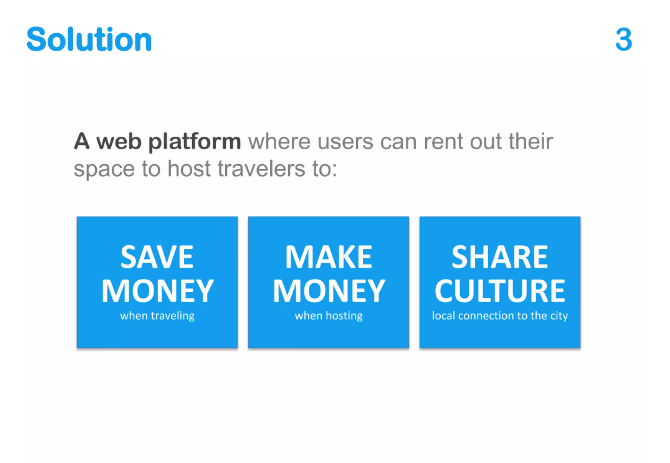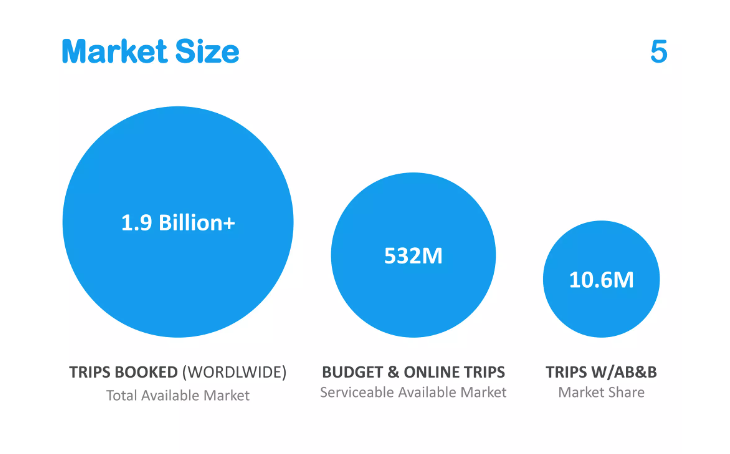Research has shown the pitch deck market is growing both more saturated and more competitive each year. In fact, venture capitalists (VCs) spent 24% less time viewing pitch decks in 2022 than they did in 2021. On average, you have less than 3 minutes to hook a potential investor or client. Which means it is more crucial than ever that you know how to develop a great pitch deck. Dropbox DocSend says, “Creating a pitch deck is both an art and a science.”
In our next two blogs we are breaking down both the art and science of pitch decks. Today we’ll cover the story arch and the compelling visuals that make up the art of pitch decks.
The Story Arch
Sure, VCs are concerned with the bottom line, ROIs, and scalability. But underneath all of that, they also want to be part of something that matters. So a pitch deck can’t be all stats. It has to have a story arch. Your slide deck has to take potential investors and clients on a discernable journey.
MasterClass says, “A list of facts and metrics will have less impact than a narrative approach. Entrepreneurs should provide stories about their companies that investors will find relatable, such as how customers use their products or services to improve their lives.” If you can couch your stats within a larger narrative, you’re on your way to a winning pitch deck. Slidebean provides this helpful reminder: “Investors are no different from other people…They love hearing a good story that is told with strong words…Painting a mental picture of how a specific customer will benefit or has already benefited from the new product or service packs a wallop.”
But how do you do that?
Most stories take on familiar shapes or patterns. Most of them involve some kind of problem and solution. AirBnB’s first pitch deck is somewhat of a legend in the pitch deck world, and it offers a great example for a compelling story arch.
The first slide (shown below) sets the story up with a clear, concise purpose line: “book rooms with locals, rather than hotels.” It’s crucial here that your potential investor understands your story from the very first slide. AirBnB did it in 7 words. Can you?
 Next, the problem is clearly identified.
Next, the problem is clearly identified.
 This slide creates tension and the need for a solution, which comes on the 3rd slide.
This slide creates tension and the need for a solution, which comes on the 3rd slide.
 Notice that AirBnB (whose pitch deck raised $600K in the first round of fundraising) doesn’t mention any stats or numbers on the first three slides. They aren’t using stats to hook their investors; they are using stories. They eventually get to the stats in the later slides, but they are still couched within the story of this problem that AirBnB is seeking to solve. And the story continues right up until the big ask on the last slide, at which point the potential investors and clients are invited to join the story.
Notice that AirBnB (whose pitch deck raised $600K in the first round of fundraising) doesn’t mention any stats or numbers on the first three slides. They aren’t using stats to hook their investors; they are using stories. They eventually get to the stats in the later slides, but they are still couched within the story of this problem that AirBnB is seeking to solve. And the story continues right up until the big ask on the last slide, at which point the potential investors and clients are invited to join the story.
Compelling Visuals
Another part of the art of pitch decks is compelling visuals. You can have the best stats and strategies in the world, but if you can’t make them attractive, it won’t matter. Data visualization expert Hans Rosling is a TED legend. His TED Talk “The Best Stats You’ve Ever Seen” has over 15 million views. In that talk, he says, “I know that having the data is not enough. I have to show it in ways people both enjoy and understand.”
One of the things AirBnB does well is to simplify the presentation of their stats. Their slide deck isn’t crowded with complicated numbers and charts. They use very simple and compelling visuals to continue to tell their story, as shown below.
 Here’s the thing some pitch decks developers miss the mark on. They think compelling visuals means adding lots of graphic elements and bells and whistles. And in their well-intentioned effort to make their slide deck beautiful, they make it confusing. Check out more pitch decks from companies like Facebook, Square, and Mint to see how they used simple but compelling visuals. Aim to emulate the pros: uncluttered slides, high contrast, simple numbers, attractive layouts.
Here’s the thing some pitch decks developers miss the mark on. They think compelling visuals means adding lots of graphic elements and bells and whistles. And in their well-intentioned effort to make their slide deck beautiful, they make it confusing. Check out more pitch decks from companies like Facebook, Square, and Mint to see how they used simple but compelling visuals. Aim to emulate the pros: uncluttered slides, high contrast, simple numbers, attractive layouts.
The recent increase in market saturation for pitch decks doesn’t have to be scary. It just means that you have to create pitch decks with compelling stories and visuals: you have to know the art. Join us on our next blog when we talk about the science of pitch decks and share more VC viewing trends.
In the meantime, let us know if we can help design your next big pitch deck. We’ve mastered both the art and science of presentations, and we’d love to collaborate with you.